Travel Drive Model Plates
Each travel drive unit is given a unique identification plate for displaying its individual characteristics. The plate will include all the necessary model, serial and part number information to properly identify the drive. If you can't read your drive's plate, remember that there is an identical drive on the other side that may have a legible plate.
Our Partners will always attempt to get this information from you, but if the plate is missing or damaged, there are other ways to identify your drive. Some drives have distinctive markings or casings. Visit our travel drive manufacturers page to see if you can recognise your drive from the photos shown.
FDC Travel Drives
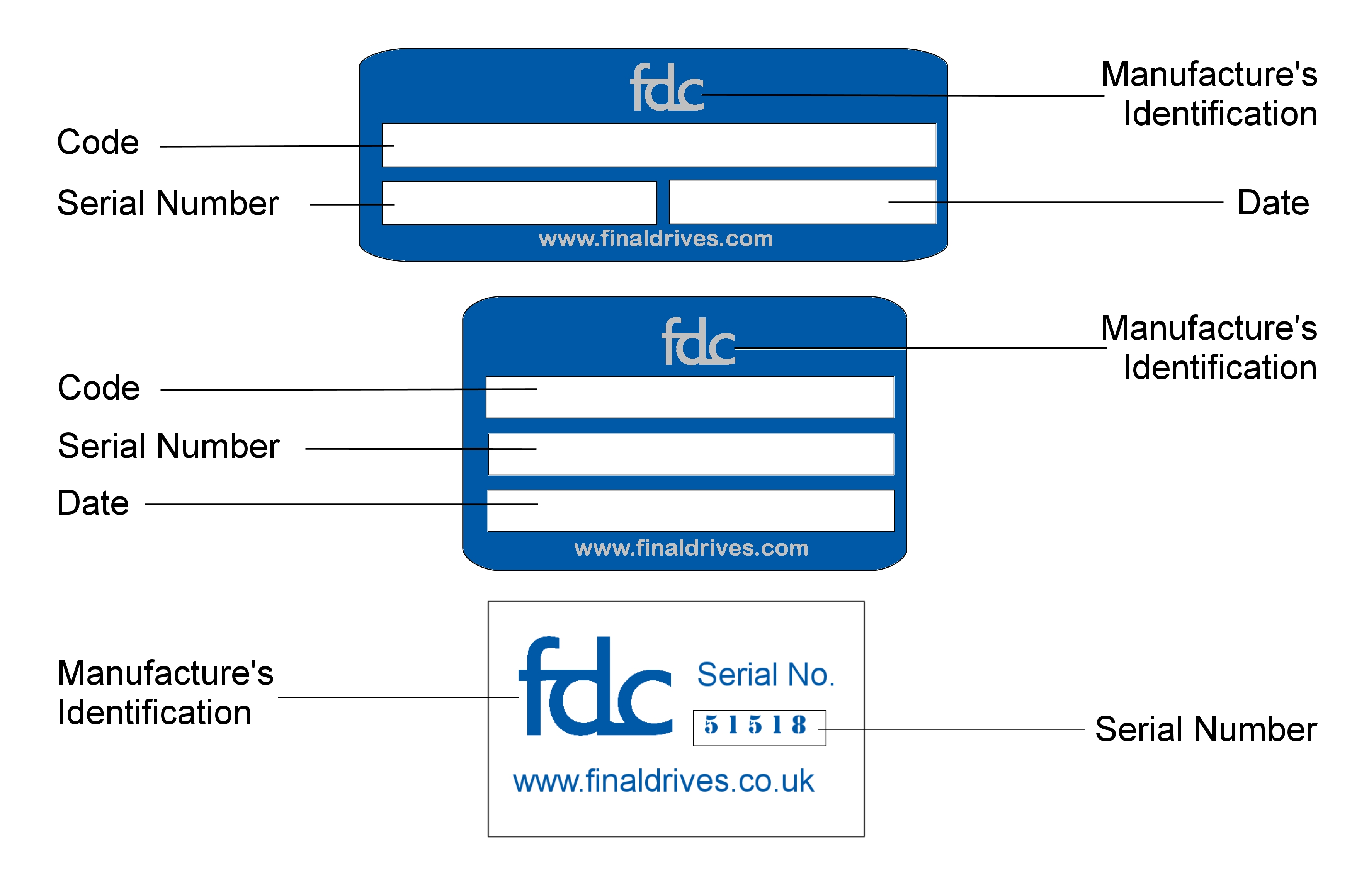
FDC Travel Drives
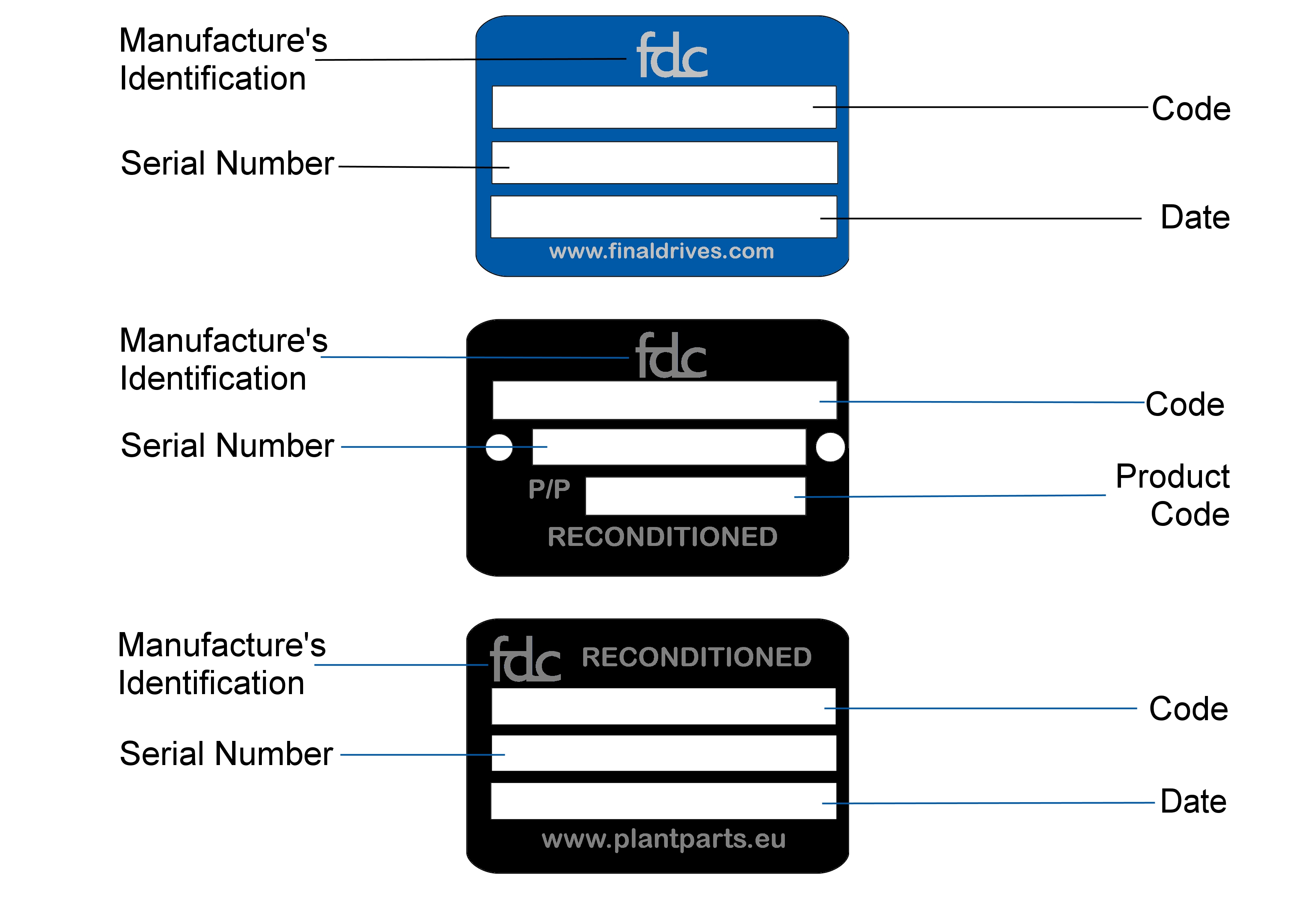
Bonfiglioli Gearbox
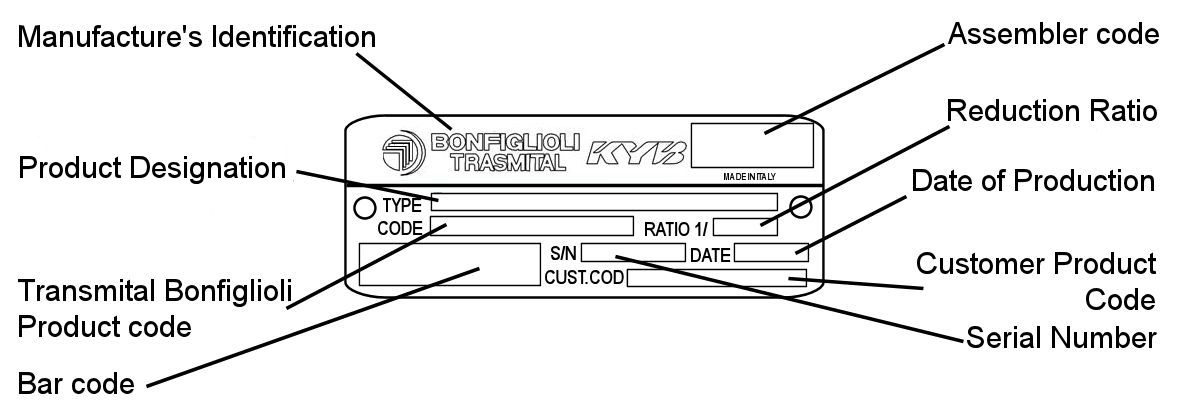
Bonfiglioli Final Drive
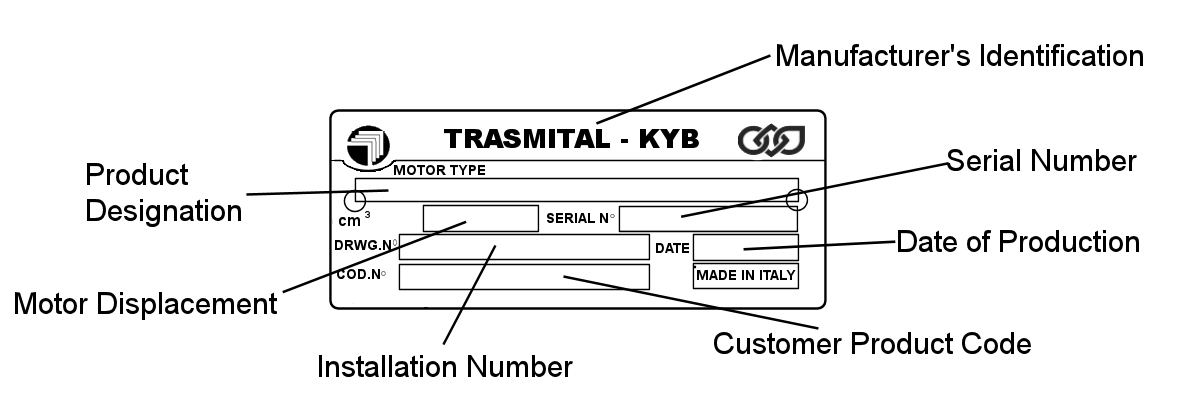
Caterpillar Final Drive
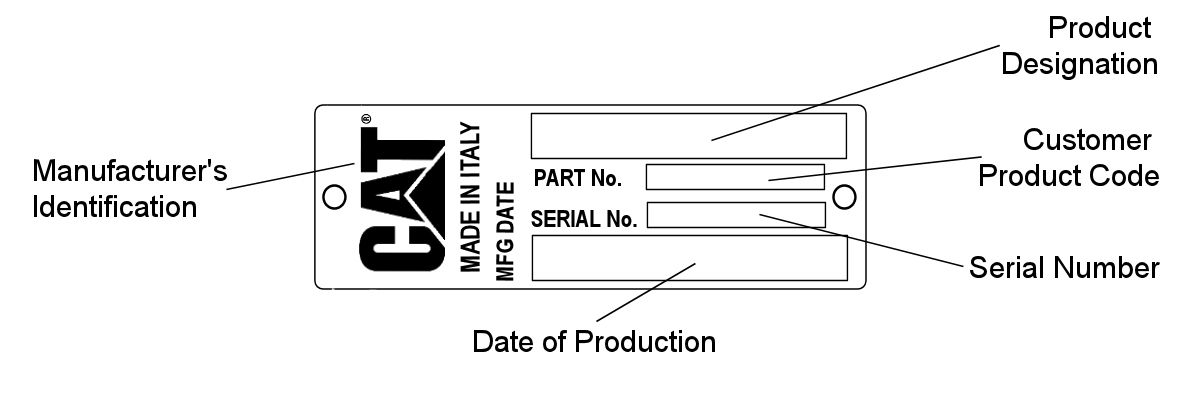
Comer Travel Drive

Kayaba Travel Drive

Kayaba Final Drive

Nabco Gearbox
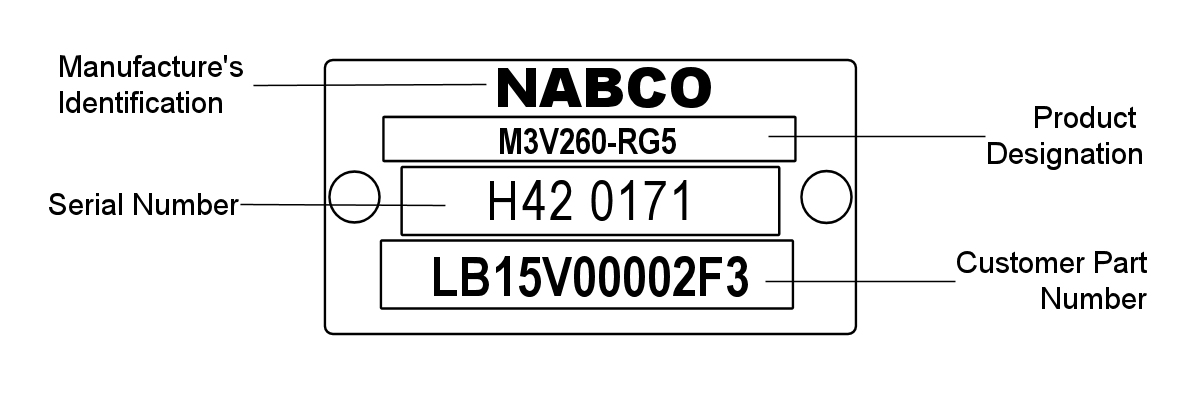
Nabco Motor
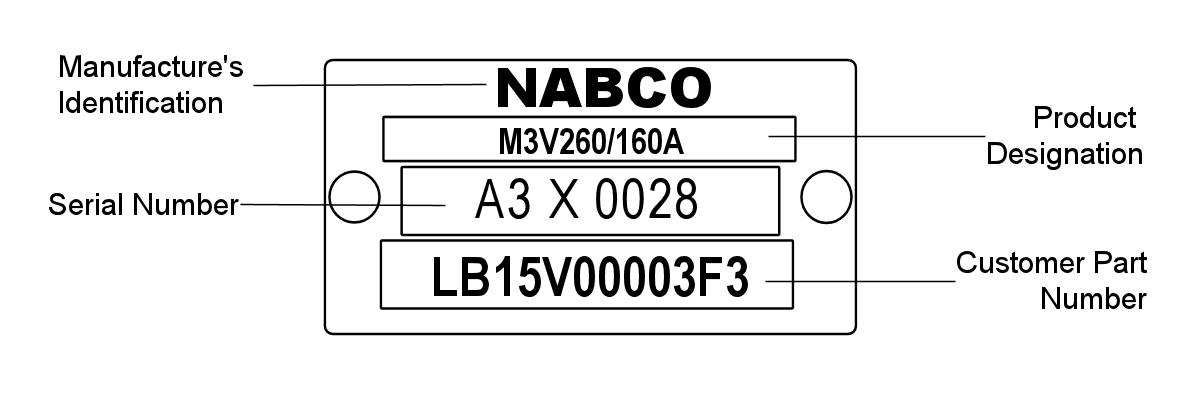
Nabtesco Travel Drive
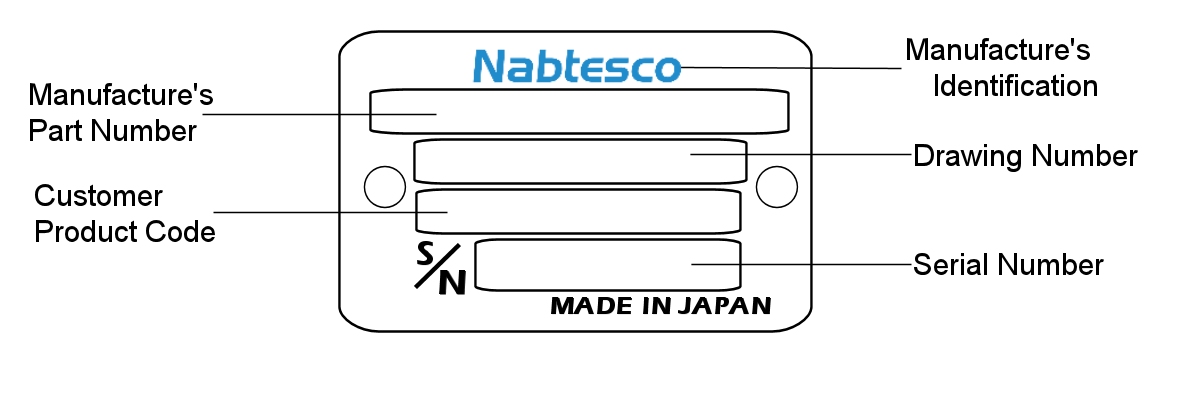
Nachi Travel Drive

Neuson Travel Drive
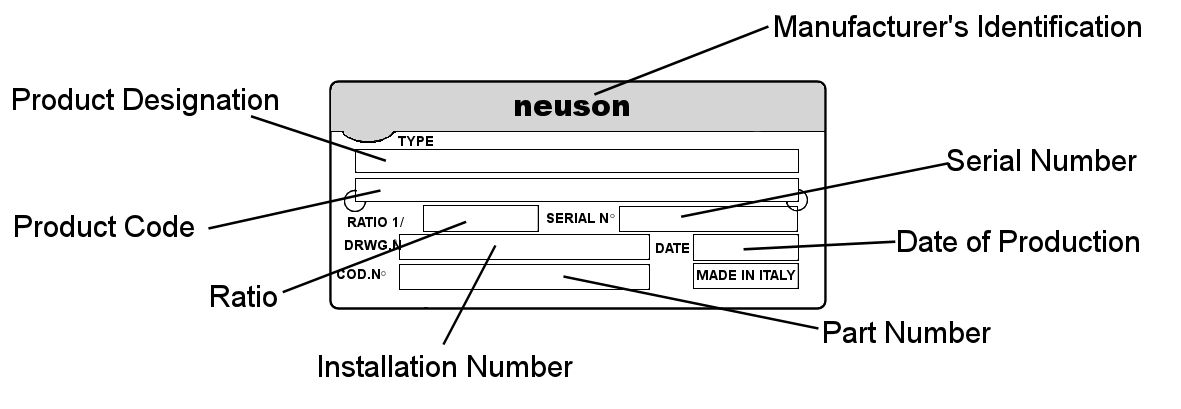
O&K Travel Drive

Rexroth Travel Drive

Rexroth Motor
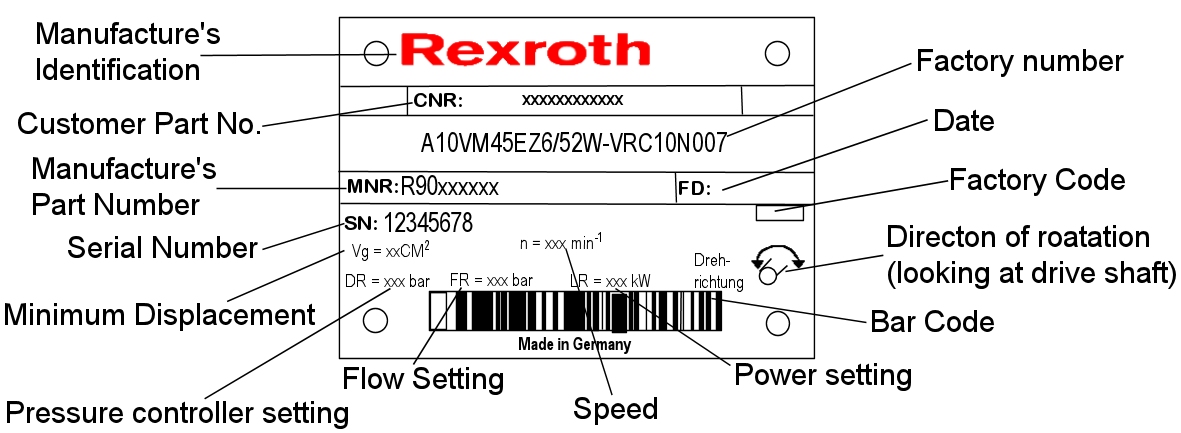
Reggiana Travel Drive
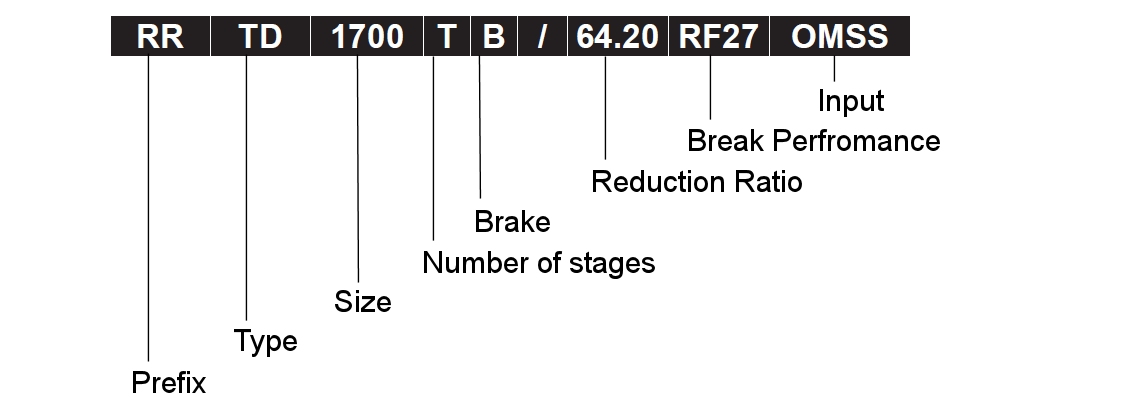
Teijin Seiki Travel Drive
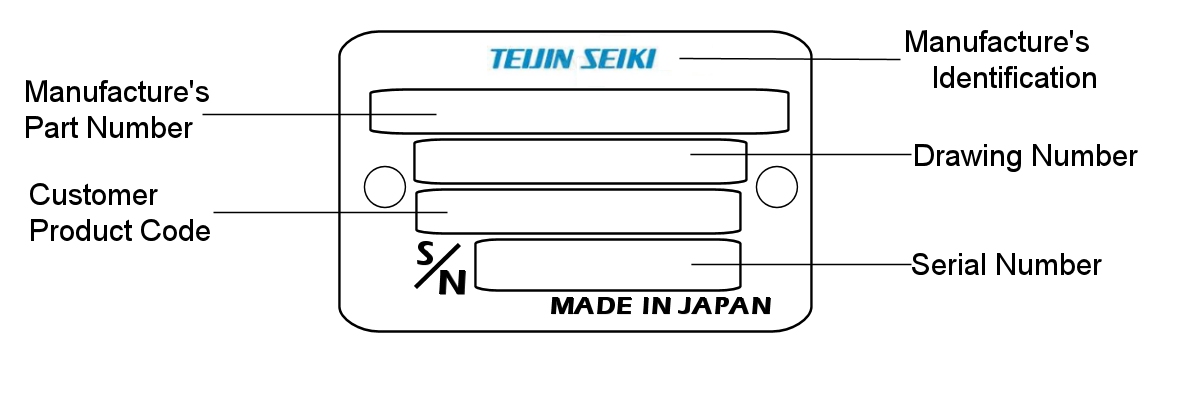
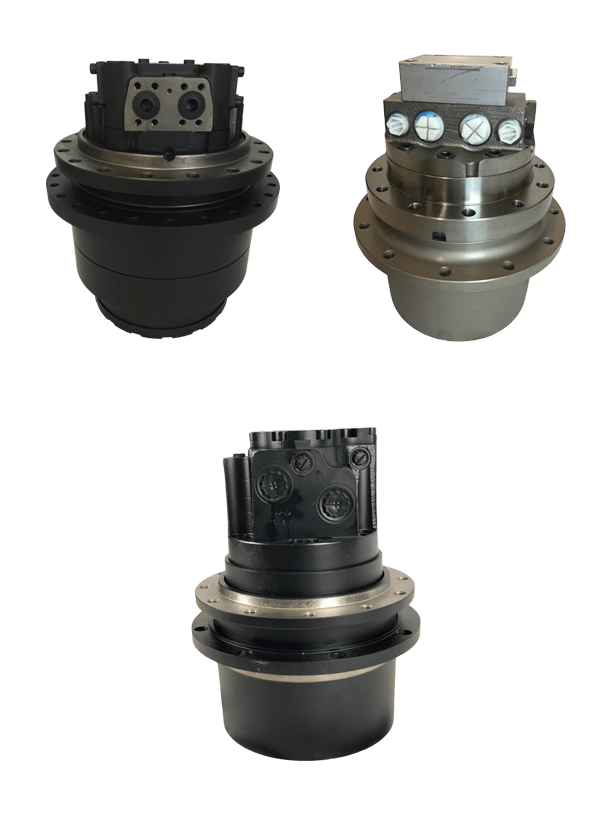
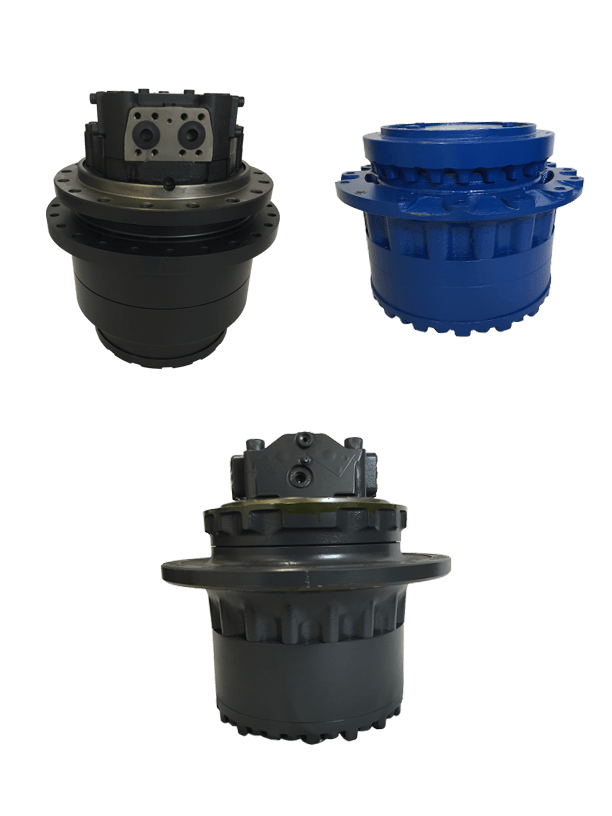
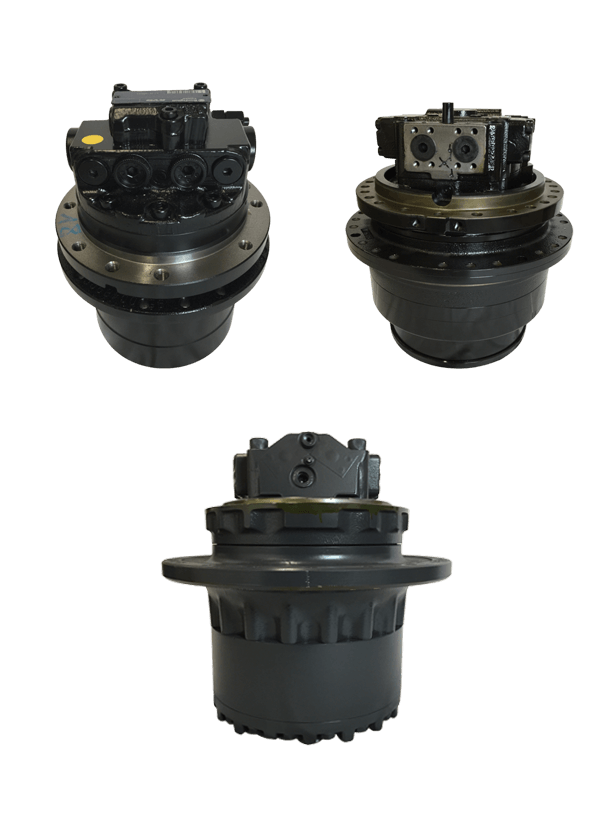
 and Dyco?
and Dyco?